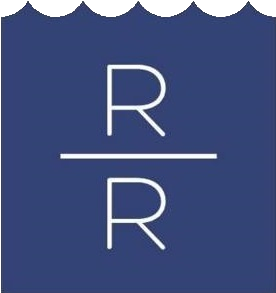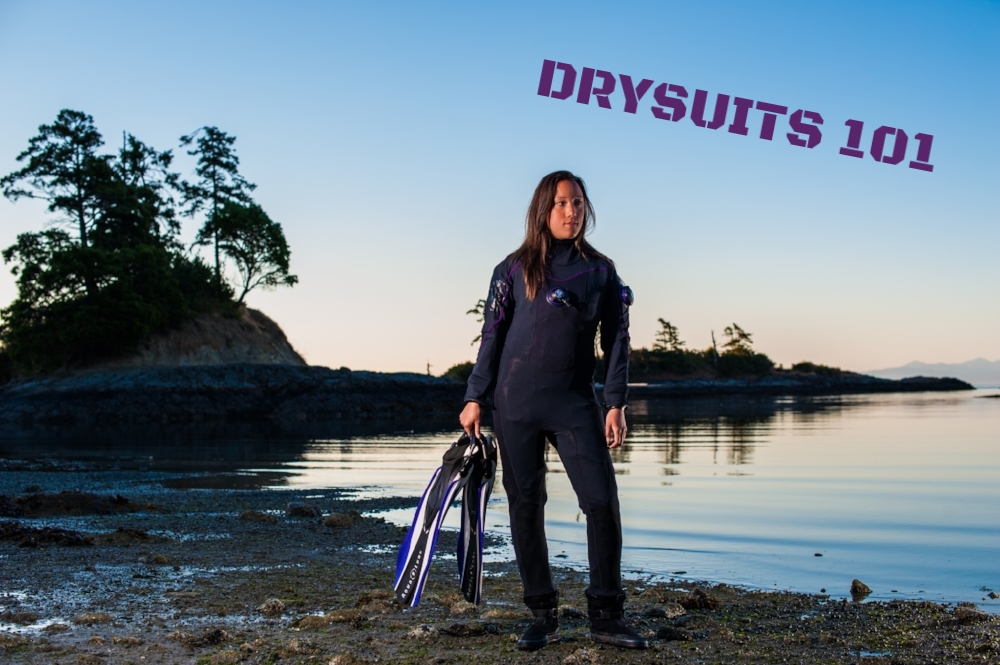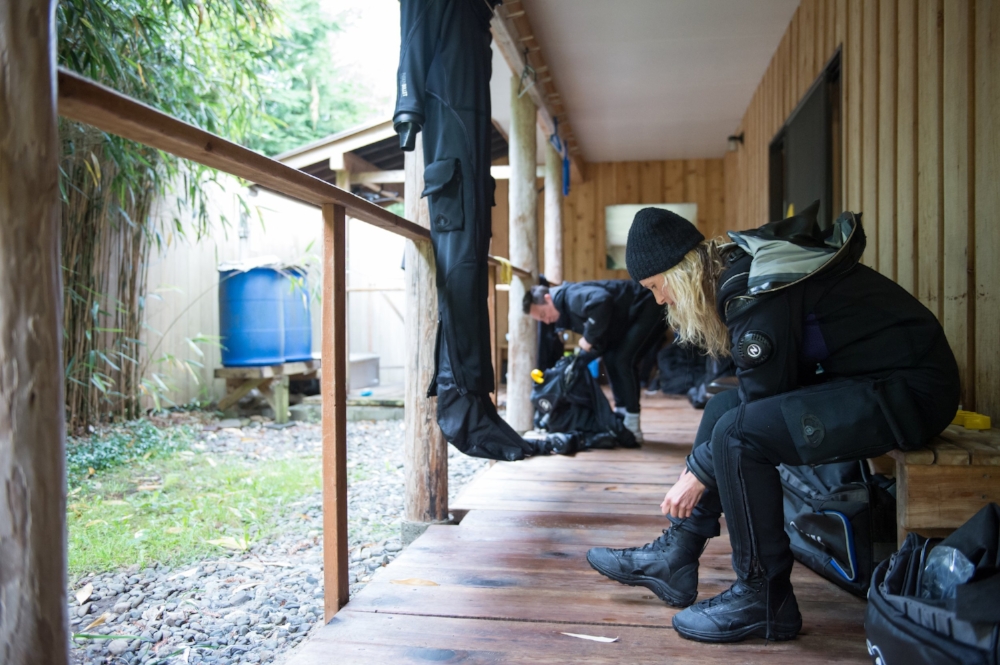Gear Guide: DRYSUITS 101
Whether you are an experienced tropical diver or a total newbie to the underwater world, you will hear the word ‘drysuit’ used a lot in cold-water diving locations.
You may find that in the summer months, wetsuit diving is no problem, but as
winter rolls around and some of BC’s best diving is available, no drysuit often means no diving until the summer months.
Diving in a drysuit is not difficult, but does differ from diving in a wetsuit. The
PADI Drysuit Specialty Course teaches you about the technicalities of your drysuit, ways to
control your buoyancy and how to deal with emergency procedures.
Aqua Lung Fusion Bullet Drysuit
So what is a drysuit and how does it work?
Drysuits can be made from a range of several materials, with waterproof zippers
and silicon seals on the arms and neck to keep you dry. With most types of
drysuit, you will wear a thermal undergarment, to keep you toasty warm in the
cooler waters. Drysuits have an inflator valve on the chest to connect to your
tank, trapping air inside of the suit for insulation and buoyancy.
Does a dry suit keep you dry?
If used correctly YES! Regular zippers do not keep water out, so a watertight zipper is used on modern-day drysuits. Drysuit zippers can be traced back to the U.S. Space Program where air-tight zippers were created for astronaut pressure suits. Drysuit seals are typically made from latex or neoprene. The seals create a watertight barrier between your neck/wrists.
What are drysuits made of?
Drysuit materials vary between manufacturers. The materials used could be
neoprene, vulcanized rubber, trilaminate and composite, but as with new
techologies, it is ever evolving.
Drysuits generally divide into two categories: neoprene drysuits and shell dry
suits, the difference being that neoprene provides insulation, but the shells
require undergarments for warmth.
The Fusion Drysuit
One of our favorite drysuits here at Rowands Reef is the Aqualung Fusion Drysuits – the most innovative advance in drysuit technology in over 20 years. What makes the fusion suits unique is their twin layer system – the internal inner core is moulded to the body by the elastic outer skin, providing freedom of movement whilst in the water. This beneficial for a diver both in and out of the water as:
Its better than custom fit – The oversized inner combined with the skin compression layer moulds the suit to the individuals body shape, ensuring flexibility and comfort.
The Two-Layer system distributes air flow inside the suit evenly, helping you maintain trim & buoyancy
The two-layer skin system has 25% to 50% fewer seams, and with a replaceable out skin this allows for durability and longevity.
The Aqualung Fusion Bullet drysuit was originally designed for Canadian Special Forces Divers in extreme harsh conditions. . If it’s good enough for the Special Forces, it’s good enough for us! Check out the range of Fusion Drysuits available from Rowand's Reef here:
So if you’re a new diver looking to learn in BC or a warm water diver thinking of exploring cold water locations, then come speak to us about our PADI Drysuit Specialty Course or PADI Open Water Drysuit Specialty Add-On. Both these courses give you the full training & certification to use and dive with a drysuit.
If you are interested in buying a drysuit, check out our fantastic Drysuit Packages. We have Fusion Drysuits in our Rental department, meaning you can take a Fusion suit out to try before you buy!






